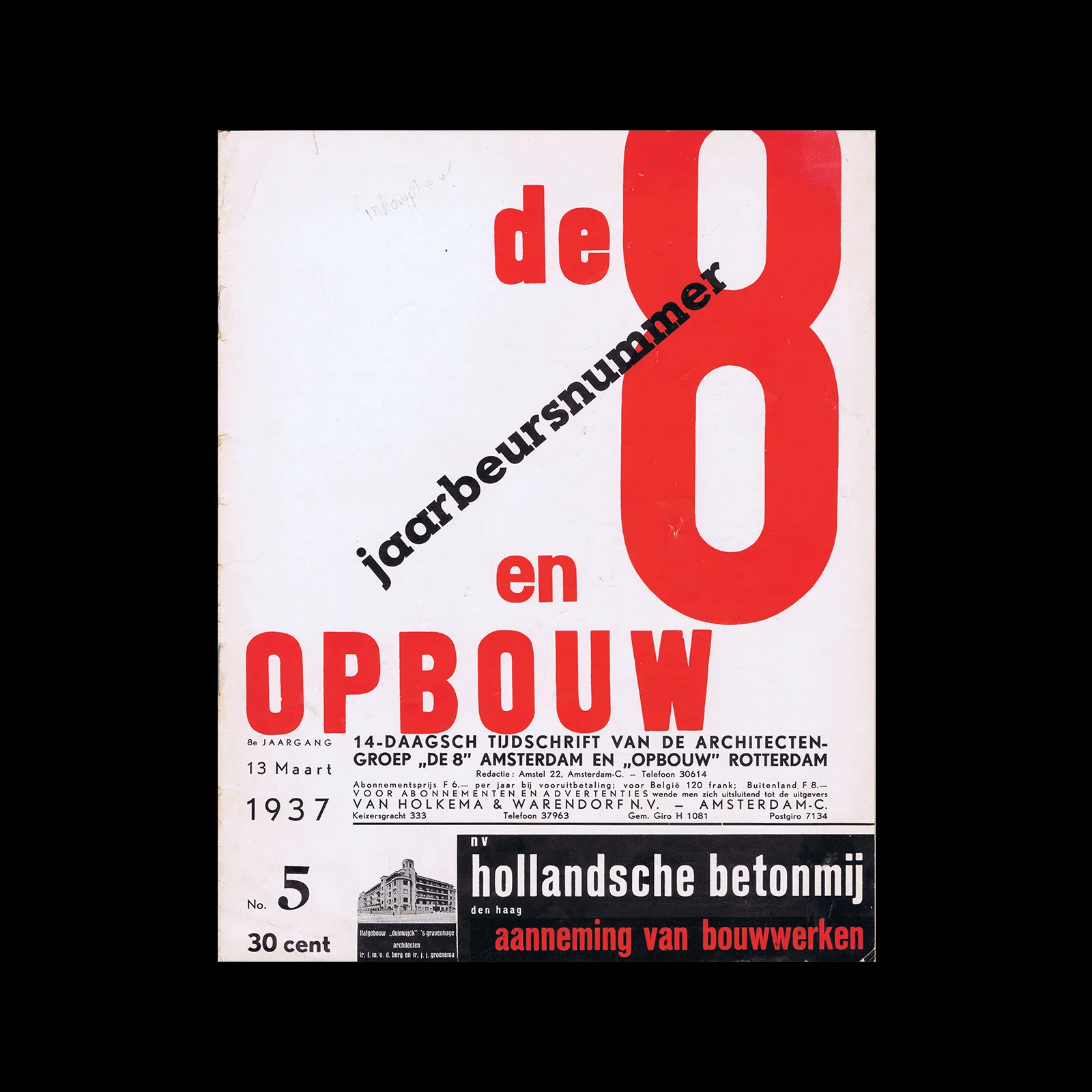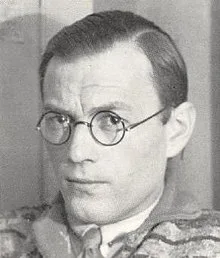

Information
Important Dutch avantgarde periodical on architecture designed by Paul Schuitema
Details
Paul Schuitema was a Dutch designer and artist and was a member of the Circle of New Designers, a group that included Moholy-Nagy, Herbert Bayer, and Jan Tschichold. He was a pioneer in modern typography in mass communication and quickly adopted the principles of Constructivism and Bauhaus after studying in Rotterdam.
Linked Information

Paul Schuitema was a Dutch designer and artist and was a member of the Circle of New Designers, a group that included Moholy-Nagy, Herbert Bayer, and Jan Tschichold. He was a pioneer in modern typography in mass communication and quickly adopted the principles of Constructivism and Bauhaus after studying in Rotterdam.